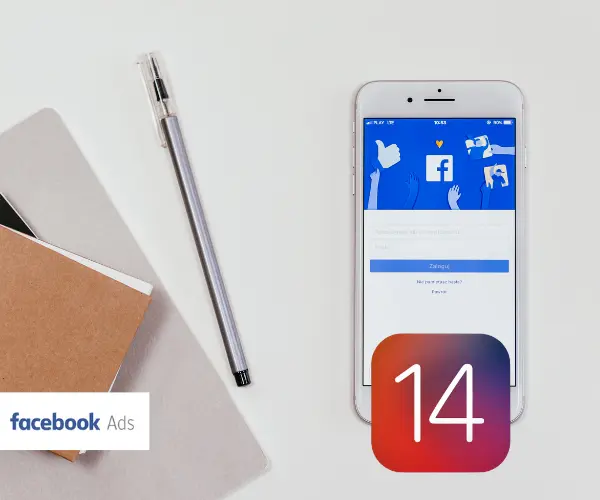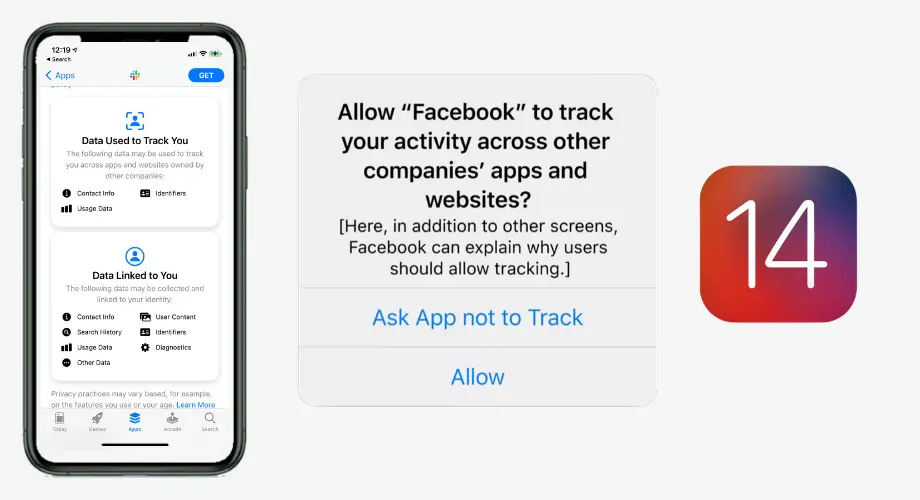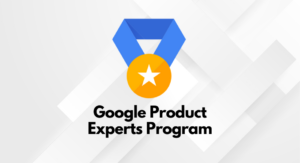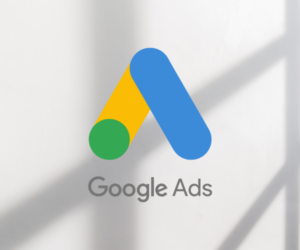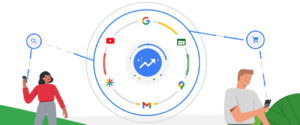A little background…
It was June 2020 when Apple announced iOS 14 App Tracking Transparency (ATT) framework. Created a lot of buzzes online, specifically, Facebook was upset and very clearly termed it upsetting and discouraging.
Apple delayed the launch yet signalled it can’t be held back. And, finally, it’s here.
What’s App Tracking Transparency (ATT)?
App Tracking Transparency is an initiative by Apple aimed at App developers. ATT makes it necessary for app developers to request user authorization to access app-related data for tracking the user or the device.
In simple terms, if an app on iOS 14 wants to collect users’ data, it will have to ask for it. Data can’t be collected without having the users’ consent.
Apple educates users twice about the types of data being collected, once before the install and then during the install.
The aftermath of ATT
It has been welcomed by iOS users worldwide but the app owners, specifically Facebook is not happy at all. It has been very outspoken about its disagreement. Facebook termed it discouraging for small business owners.
Facebook said:
“It will have hard-hitting implications for businesses that advertise on mobile devices and across the web. We disagree with Apple’s approach and solution. We understand how disruptive Apple’s changes may be to your business, and are committed to helping you manage through them.”
Responding to the dissonance, Apple’s CEO Tim Cook tweeted:
We believe users should have the choice over the data that is being collected about them and how it’s used. Facebook can continue to track users across apps and websites as before, App Tracking Transparency in iOS 14 will just require that they ask for your permission first. pic.twitter.com/UnnAONZ61I
— Tim Cook (@tim_cook) December 17, 2020
And, Facebook complies with ATT
January 19, 2021, is the date when Facebook confirmed to comply with ATT and the relevant changes that it had planned for Facebook Ads is live.
So, what’s changed in Facebook Ads?
Event Limits:
- Advertisers are now limited to use 8 conversion events per domain.
- If you have Ad sets optimizing for an event beyond the 8 prioritized events would be paused.
- Conversion events per domain are being ranked based on the priority now. It means if multiple events have been completed by a user only the higher prioritized event will be reported. In simple terms, if a user has completed both ‘add to cart’ and ‘purchase’ events, only ‘purchase’ would be reported for you.
Value Optimization (VO):
- VO transitioned from Ads Manager to Events Manager.
- If you have used VO or using it, nothing much changes, how if are new to it, check for the eligibility requirements to enable it.
Tracking & Reporting:
- Sunset for 28-day click-through, 28-day view-through, and 7-day view-through attribution windows.
- It practically means lesser number of conversion being reported for a campaign. And, to cope with that Facebook comes up with Statistical modelling.
- Delivery and action breakdowns not supported for offsite conversion events.
- Offsite conversion events now reports based on the time conversion happened, not on the time ad impression happened.
What does it mean to you?
A shorter conversion attribution window, a limited number of conversion events, and the change in conversion reporting time make data availability lesser for Facebook and the advertisers on the platform. For this reason, it’s won’t be surprising to see some fluctuations in cost and conversion-related metrics.
If you had not been using attribution windows of more than 7 days, the impact would be smaller for you, else it can be drastic.
How does iOS 14 impact your Facebook Ads optimization strategies?
If you have been running more of conversion campaigns with Facebook, the impact may be noticeable for you. Your remarketing campaigns specifically can see dramatic disruptions if you were using 28 days attribution windows. For 7 days attribution windows, a small change in conversion pattern cannot be denied.
There’s one very important thing that you should consider for your Facebook Ads strategies and that is – do not put all your efforts into conversion specific campaigns and dynamic campaigns.
If you had been targeting iOS users specifically, start experimenting with other interests and behavioural signals to reach the same of audiences.
Have traffic campaigns as well in the mix and align your campaign success based on the third-party analytics metrics. Yes, you can use Google Analytics to see if your traffic campaigns are bringing in the results you want.
So, how has the impact been for you? Let us know in the comments.
Sharing is caring!


